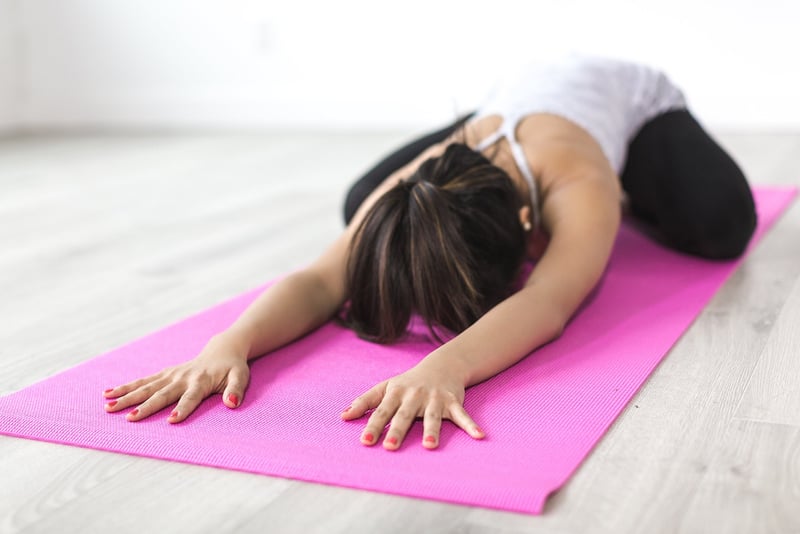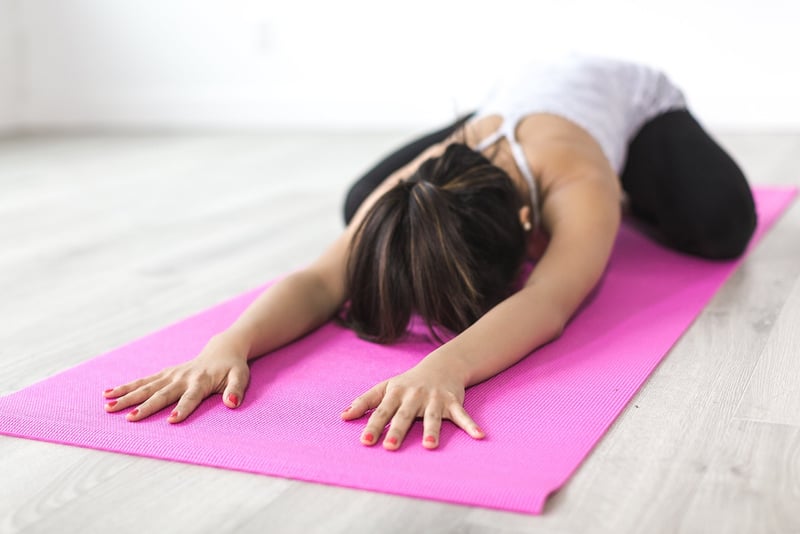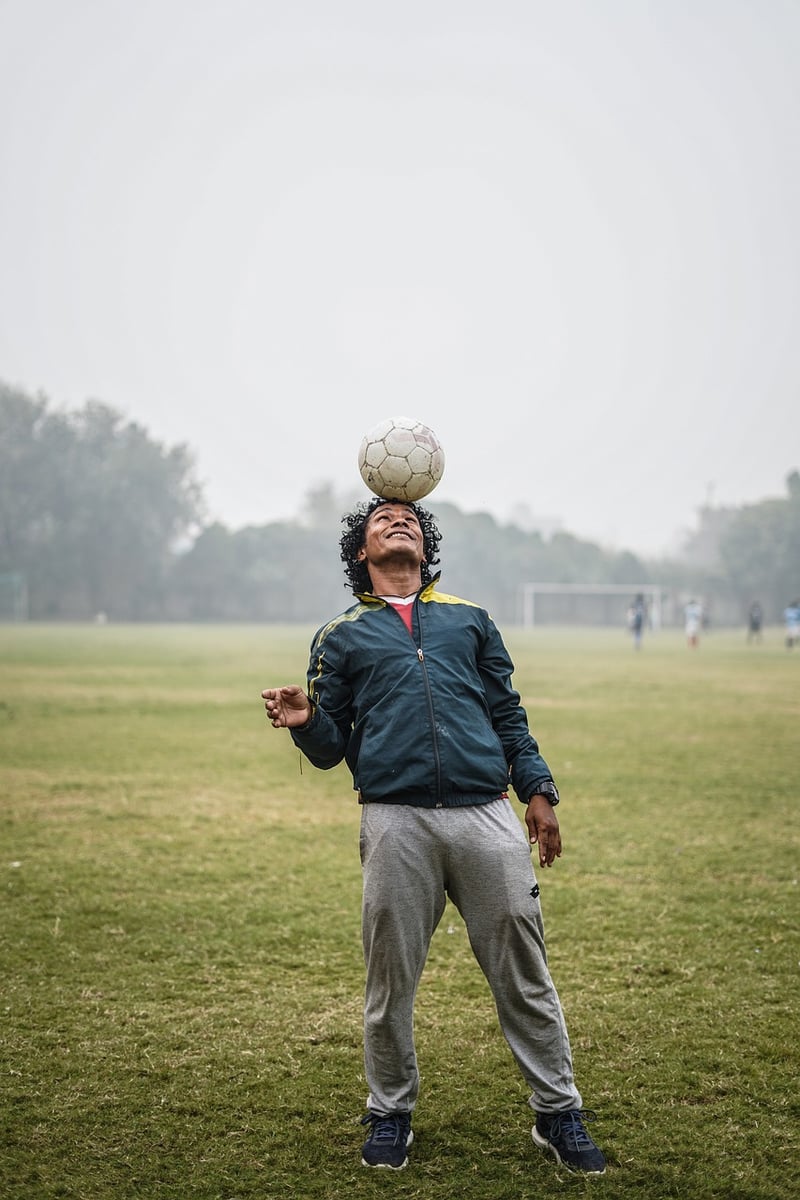Ashtanga Practice
Physical and Mental Well-being through Movement + Ashtanga Practice
In today's fast-paced world, where stress and anxiety levels are on the rise, finding ways to maintain both physical and mental well-being is essential. One effective approach that combines movement with mindfulness is the practice of Ashtanga Yoga.
The Benefits of Movement for Well-being
Engaging in regular physical movement is crucial for maintaining overall health. Movement helps improve cardiovascular fitness, build strength, increase flexibility, and support weight management. Furthermore, physical activity releases endorphins, the body's natural mood boosters, which can help reduce stress and improve mental health.

Introduction to Ashtanga Practice
Ashtanga Yoga is a dynamic and physically challenging form of yoga that synchronizes breath with movement. This practice involves a series of postures that flow together seamlessly, creating a moving meditation. Ashtanga Yoga focuses on building strength, flexibility, and endurance while also calming the mind through mindful breathing.
Key Components of Ashtanga Practice
- Asanas: The practice of specific yoga postures to promote physical health and mental clarity.
- Ujjayi Breathing: A specific breathing technique used to maintain focus and create heat in the body.
- Bandhas: Energy locks that help control the flow of energy within the body.
- Drishti: Gazing points that aid in concentration and balance during the practice.
Benefits of Ashtanga Practice
Regular practice of Ashtanga Yoga can lead to numerous benefits for both the body and mind, including:
- Increased strength and flexibility
- Improved focus and concentration
- Stress reduction and relaxation
- Enhanced self-awareness and mindfulness
- Boosted energy levels and vitality

Getting Started with Ashtanga Practice
If you're new to Ashtanga Yoga, it's recommended to start with a qualified instructor who can guide you through the primary series and provide alignment cues. Ashtanga practice is traditionally done in Mysore style, where students move through the series at their own pace under the teacher's supervision.
Remember to listen to your body, breathe deeply, and stay present during your practice. With dedication and regularity, Ashtanga Yoga can become a transformative tool for achieving physical and mental well-being.
Are you ready to embark on a journey of movement and mindfulness with the practice of Ashtanga Yoga?
